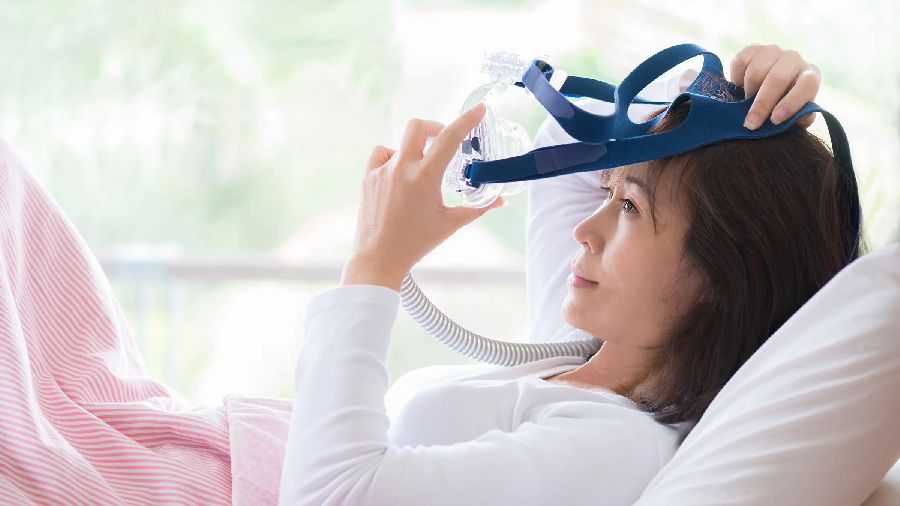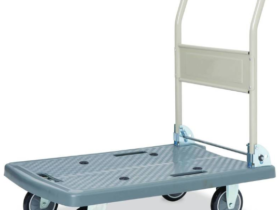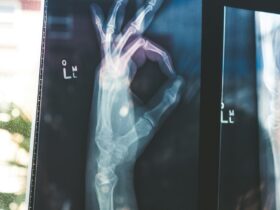Everyone tries their utmost to lower their cost of living in the current economic situation. You might experience some sticker shock when shopping for new CPAP machines if you’re one of the 20 million Americans who suffer from sleep apnea.
Finding a secondhand CPAP machine could be appealing, but the price could be one that goes beyond simply your wallet.
Here, we’ll discuss why it is not a good idea to purchase a used CPAP machine, as well as how to select a safe option.
The Negative Effect of Using an Old CPAP Machine
Old medical equipment, such as CPAP machines and equipment, is already contaminated from prior use. Any dangerous substance that was left within came from their lips, lungs, or surroundings every time they used it. CPAP machines are warm, damp environments, making them the ideal place for pathogens such as mould, yeast, bacteria, viruses, and fungus to thrive.
Additionally, they have tiny gaps where tiny home pests can conceal themselves and lay eggs. In hospitals, equipment is disinfected in a tightly controlled atmosphere, making it safe for reuse. At home, things are different, though.
Even when the germs are all yours, one still needs to be careful to keep new gadgets clean. But how can you be certain that a used CPAP machine’s former owner had it meticulously maintained? Is the risk worthwhile?
If you utilise a previously acquired CPAP device that has not been properly cared for and sanitised, any of the following could occur:
- Infections in different bodily regions
- Tuberculosis
- Parasites
- Pneumonia
- Cockroaches and bedbugs
- Bronchitis
Furthermore, even if the former user of the machine frequently cleaned it, kept their home tidy by vacuuming and dusting, and didn’t have any pets that might have gotten into it, it’s still possible that they used bleach, alcohol, or fragrant soaps, which could irritate your lungs and make you unwell.
What about the hygienic treatment of the used CPAP machine from the sales warehouse, as if that weren’t terrible enough already? What kind of pollutants, irritants, or pathogens travelled with your used equipment from the place of purchase to your home, and how sterile are those conditions?
Issues With Replacement and Warranties
It’s possible that an older system you purchase that is “like new” has previously been replaced. It’s possible that the disposable filters and replacement parts for the earlier model are no longer offered. Your CPAP system won’t operate if you can’t replace a necessary component.
You get what you pay for, just like with secondhand vehicles or other mechanical products. Used products’ warranties are void and there are no guarantees regarding their performance. If you tinker with your device or if it is sold by an unregistered used CPAP firm, warranties are also voided.
Today, a used CPAP machine may be purchased for half the cost of a new one. However, it might run properly one night before breaking down the next, and you would not be able to return or fix it. By looking for discounts, you can buy new durable medical equipment for more than double what it originally cost.
Less Capacity for Sleep Professionals to Evaluate Outcomes and Address Issues
It’s likely that your old equipment lacks the most recent apnea technology and software required for your DME and sleep specialist to monitor your results. These criteria are crucial for determining the efficacy of your therapy and your success rate in maintaining compliance, both of which are significant to insurers and Medicare.
You may have difficulties not just with your therapy but also with future insurance concerns if your doctor is unable to track your usage to identify why you aren’t improving.
Additionally, a CPAP machine with the wrong pressure set can cause more harm than good. If you don’t follow your doctor’s orders, they can’t help you. If they utilise a particular kind of equipment, using a machine they don’t recommend will prevent you from having the patient interface that is necessary.
A practical issue is that businesses that are ready to sell you secondhand equipment without a prescription won’t set your pressure settings for you. Are you able to do that? What happens if not? It can be challenging to use medical equipment. Your specific needs should determine how your CPAP is set up. No one size fits everyone.
If you purchase used equipment, you lose the advantage of any service agreements that DMEs or manufacturers could offer in the event that issues emerge. You’re on your own if you use old equipment.
Lack of Essential Technology and Comfort Features
It’s likely that a used machine you purchase will be a model from the previous year (or even older). The older machines lack elements that are now thought to be necessary for comfort and efficacy, such as a CPAP humidifier, ramp functions, or internal computer software to track your results.
Since the functions make wearing CPAP more bearable and give a more realistic picture of your therapy compliance and success, they are now standard on new machines. If you choose to save money on your therapy by purchasing a used machine that is outdated and lacking essential components like the humidification chamber and heated tubing, your physician is not going to be very supportive if your results remain the same or deteriorate.
Keep in mind that PAP therapy requires a “prescription,” just like medication does.










